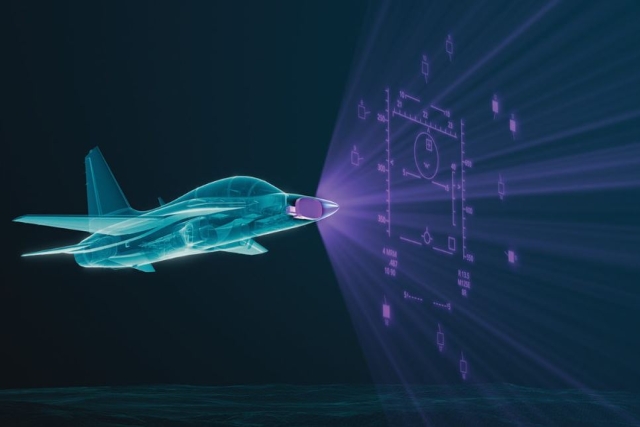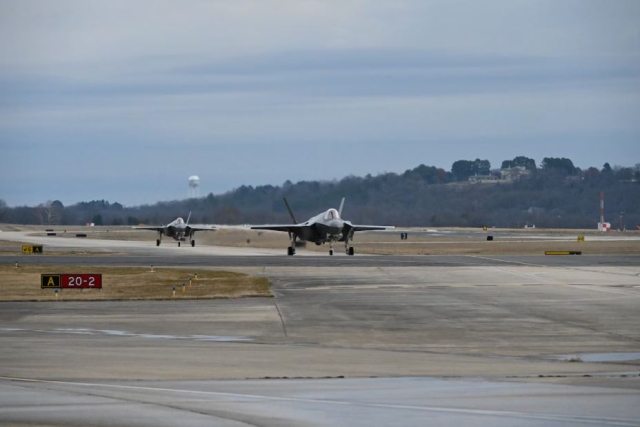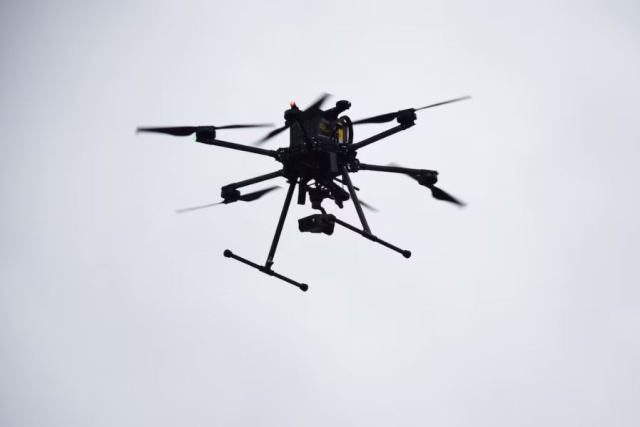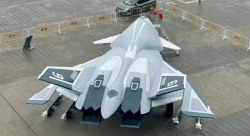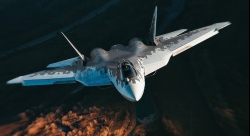Raytheon Completes First Flight Test Of PhantomStrike AESA Radar
Air-cooled AESA radar offers long-range threat tracking at lower cost, with Polish FA-50 jets set as first customer
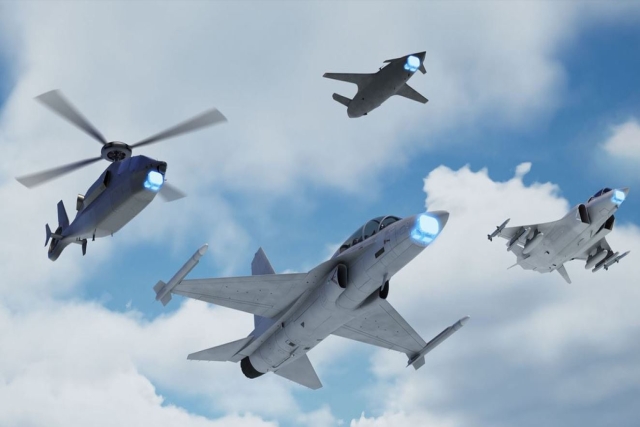
Raytheon has completed the first flight test of its PhantomStrike radar aboard its Multi-Program Testbed aircraft in Ontario, California, tracking airborne targets and mapping terrain.
PhantomStrike is described by Raytheon as a first-of-its-kind fully air-cooled, fire-control radar designed to deliver long-range detection, tracking, and targeting capabilities. The company says the system achieves this at nearly half the cost of traditional fire-control radars, while also being lighter and easier to integrate across various platforms.
Weighing under 150 pounds, PhantomStrike is lighter than other active electronically scanned array (AESA) radars. This makes it suitable for use on smaller aircraft, advanced drones, helicopters, and even ground-based or maritime platforms. Its fully air-cooled design eliminates the need for liquid-cooling systems, reducing size, weight, and complexity, while its gallium nitride (GaN) semiconductors allow for higher output power and lower heat generation.
According to Raytheon, PhantomStrike’s AESA technology offers faster and more agile scanning, improved target discrimination, and better resistance to jamming compared to older mechanically scanned radars. The system incorporates Raytheon’s proprietary CHIRP (compact high-reliability integrated receiver/exciter processor), further enhancing its reliability and performance.
While AESA radars have been available for years, they have typically been costly and heavy. PhantomStrike aims to reverse that trend by offering high-end capabilities at a more accessible price point. For example, Northrop Grumman’s AN/APG-83 SABR radars, used on F-16 jets, were priced at about $2.8 million per unit under a 2022 contract.
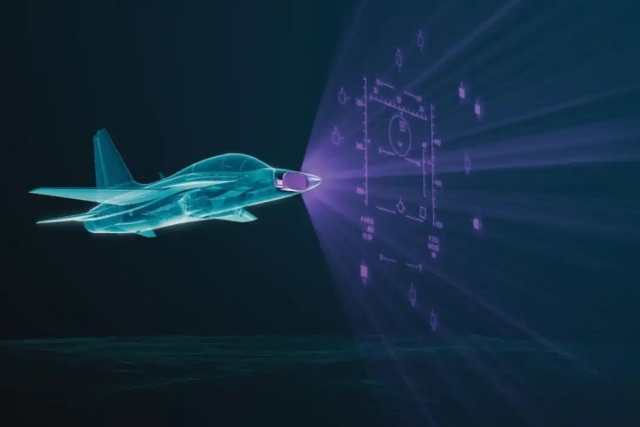
The first confirmed customer for PhantomStrike is the Polish Air Force, which will install the radar on its fleet of FA-50 light combat aircraft. Poland ordered 48 FA-50s from Korea Aerospace Industries in 2023. The first 12 aircraft, delivered in mid-2023, came in the Block 10 configuration, while the next 36, due this year, will arrive in the upgraded Block 20 configuration — including PhantomStrike, the Sniper targeting pod, Link 16 datalink, and AIM-9X Sidewinder missiles.
Beyond Poland, PhantomStrike is being positioned for use on the U.S. Air Force’s Collaborative Combat Aircraft (CCA) drones, where its light weight and lower cost could enable radar-equipped drones to scout ahead of crewed fighters, extend sensor reach, and enhance survivability. It may also support missions in electronic warfare, intelligence, and communications.

